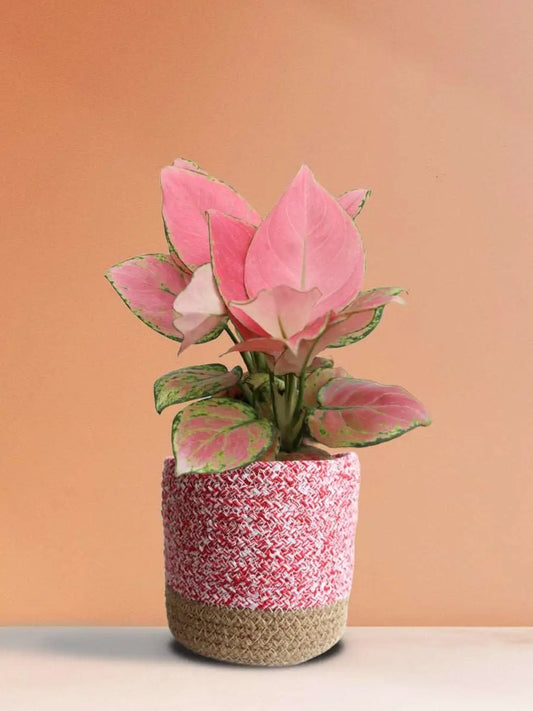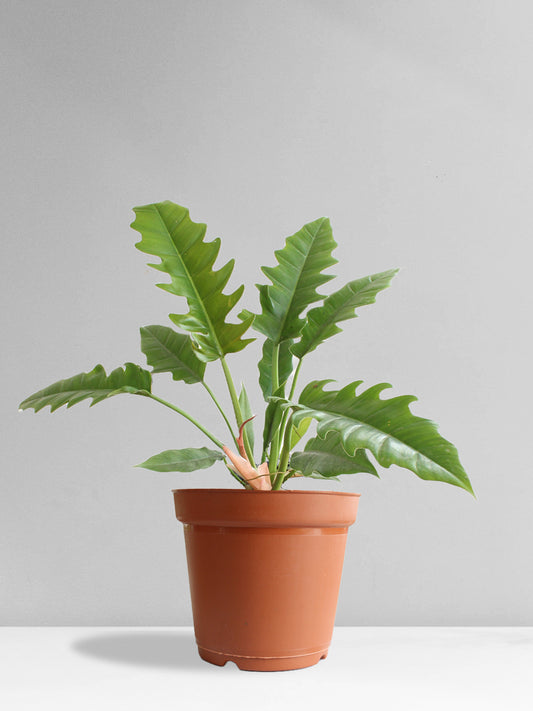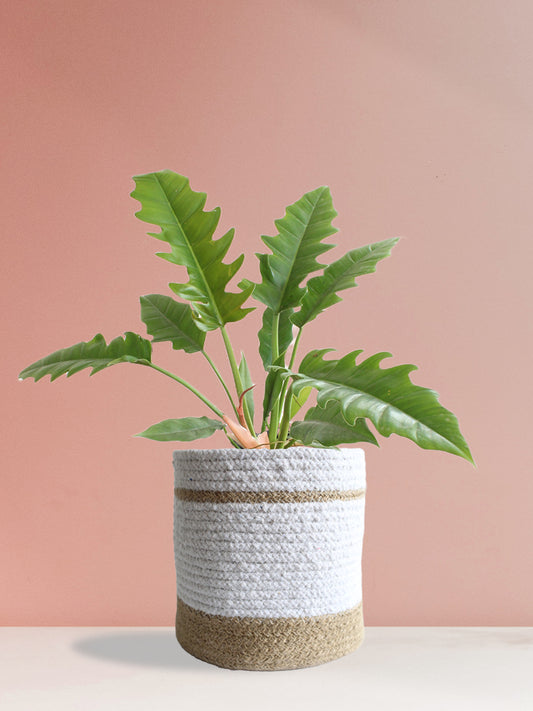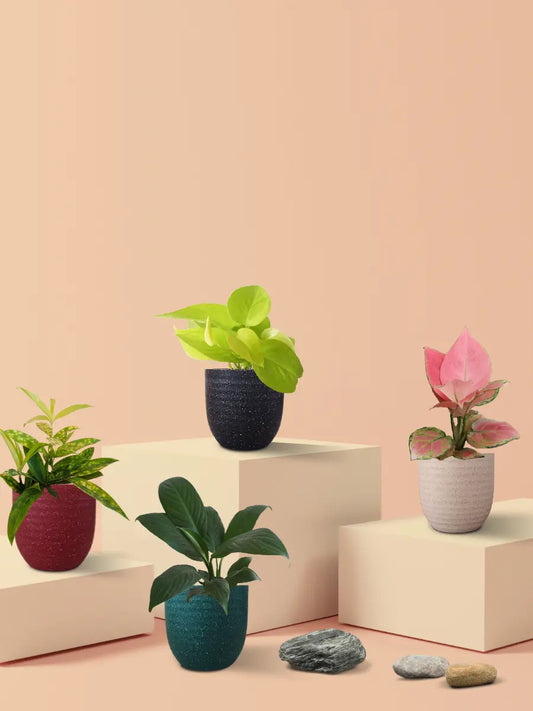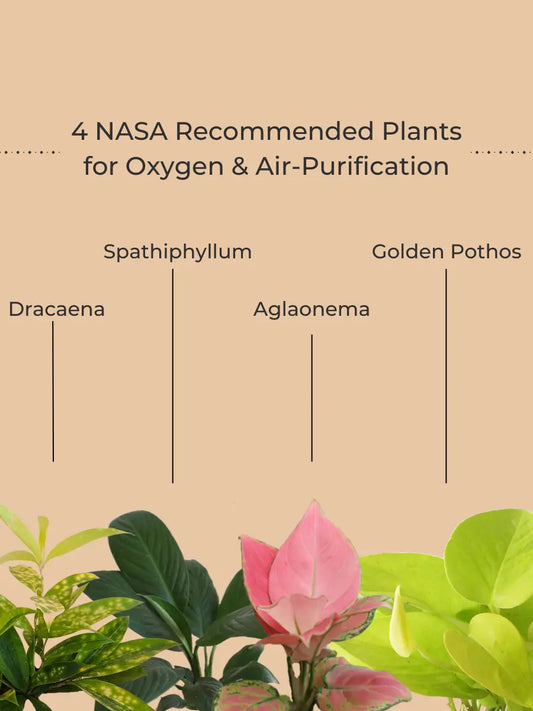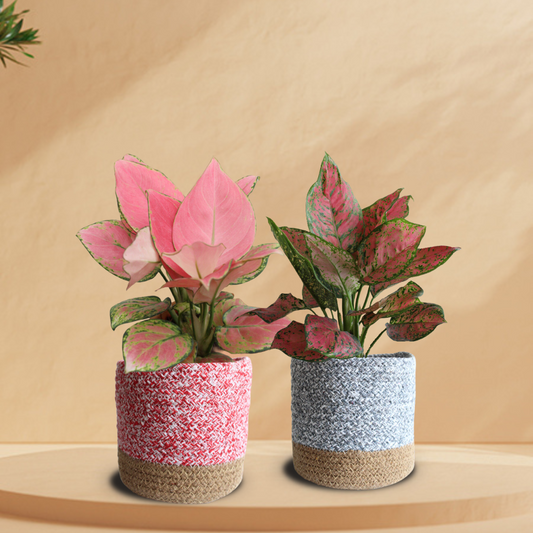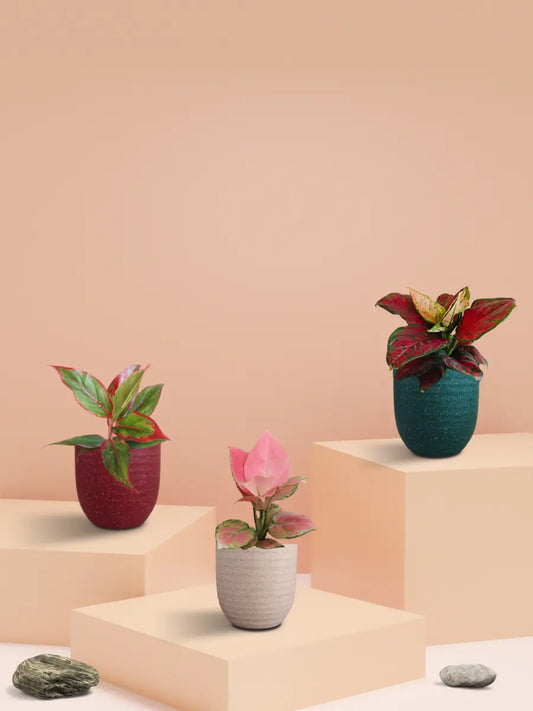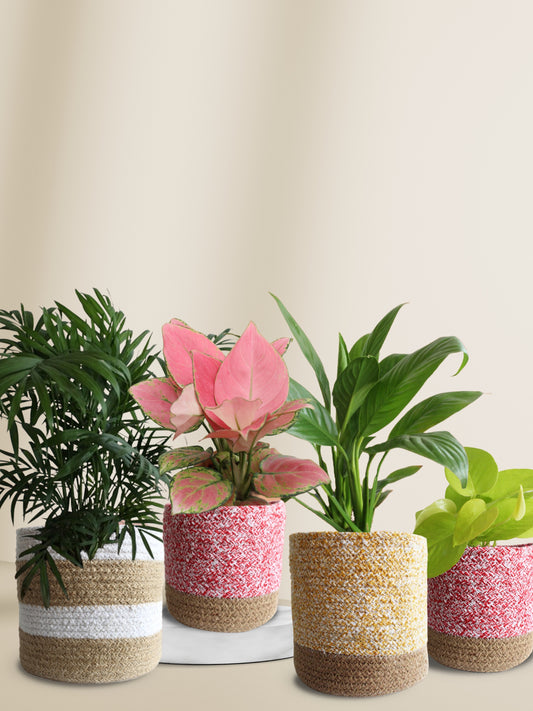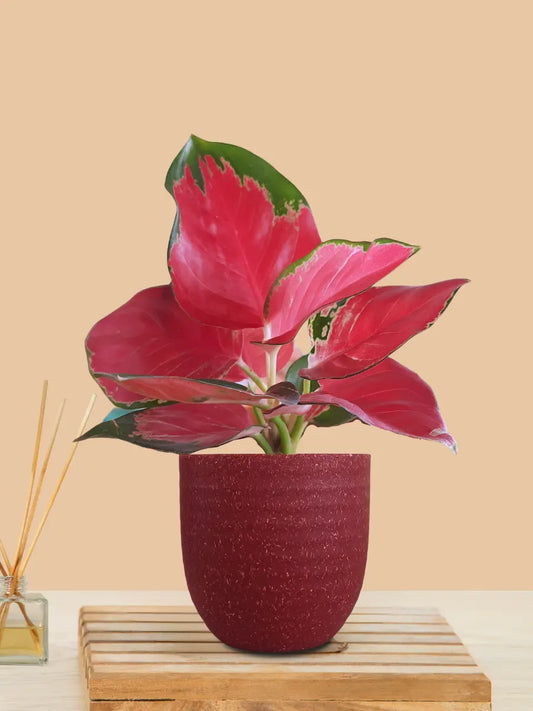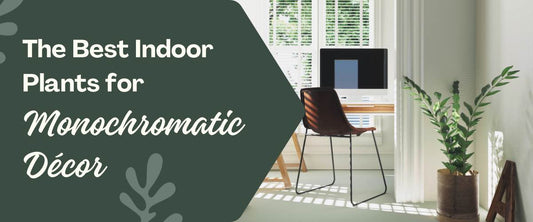How to Make a Vertical Garden at Home?
Introduction
Do you dream of having a beautiful garden but lack the space for traditional gardening methods? A vertical garden allows you to maximize your available space by growing plants vertically. Let's dive into the world of vertical gardens and discover how you can create your own green oasis at home.
What Is A Vertical Garden?

Vertical gardens, also known as living walls or green walls, are innovative gardening solutions that let you grow plants vertically. Rather than spreading out horizontally, plants are arranged vertically on structures like walls, fences, or freestanding frames. This creative approach to gardening not only adds beauty to your space but also offers various benefits.
What Are The Types Of Vertical Gardens?
There are several types of vertical gardens to choose from based on your preferences and available space:
- Green Walls: These are vertical structures entirely covered with plants, creating a lush and vibrant living wall.
- Vertical Pallet Gardens: Utilizing old wooden pallets as a framework for planting pockets, these gardens are affordable and eco-friendly.
- Hanging Gardens: Perfect for small spaces, these gardens suspend planters or baskets from a vertical structure like a pergola or balcony railing.
- Tower Gardens: These vertical structures stack planters on top of each other, forming a tower-like arrangement and ideal for growing herbs, vegetables, and strawberries.
- Pocket Gardens: Using specialized vertical planters with individual pockets for planting, these gardens are versatile and can be made from fabric, felt, or recycled materials like plastic bottles.
Also Check This: How to Decorate the Bathroom with Plants?
What Materials Do You Need For The Vertical Garden?

To create your own vertical garden, you will need the following materials:
- Vertical supports (such as a wall, fence, or freestanding frame)
- Planters or containers suitable for vertical gardening
- Potting soil or a growing medium
- Plants of your choice
- An irrigation system (such as drip irrigation, watering cans, or self-watering planters)
- Fertilizer or compost for plant nutrition
- Mounting hardware (if required)
- Optional: trellises, hooks, or wire for additional support
What Is The Cost Of A Vertical Garden?
The cost of a vertical garden can vary depending on factors such as the size, materials used, and complexity of the installation. However, the cost can increase if you opt for more advanced irrigation systems, high-quality planters, or professional installation services. It's essential to plan your budget accordingly and explore different options within your price range.
Check This: How to Decorate Kitchen With Plants?
How Do You Grow A Vertical Garden At Home?

Creating a vertical garden is an exciting and rewarding endeavour. Follow these steps to get started:
- Plan and Design: Assess the available space and select a suitable type of vertical garden. Consider factors like sunlight exposure, water accessibility, and the weight-bearing capacity of the supporting structure.
- Prepare the Vertical Supports: Clean and prepare the chosen vertical surface. Repair any damages and ensure stability if using freestanding structures.
- Choose the Right Plants: Select plants that thrive in vertical gardening conditions. Consider their growth habits, light requirements, and compatibility with your climate. Popular choices include ferns, succulents, herbs, and flowering vines.
- Prepare the Planters: Fill the planters or containers with a suitable growing medium or potting soil. Ensure proper drainage to prevent waterlogging.
- Install the Vertical Garden: Attach or arrange the planters on the vertical supports based on your design. Secure them firmly, considering wind and external factors.
- Irrigation and Maintenance: Set up an appropriate irrigation system to ensure proper watering. Regularly monitor moisture levels, prune or trim plants as needed, and provide necessary nutrients through fertilization.
- Monitor and Adjust: Observe plant growth and health regularly. Adjust watering and maintenance routines to promote optimal growth and prevent issues.
Which Plant Is Better For The Vertical Garden?
When selecting plants for your vertical garden, consider adaptability to vertical growth, sunlight requirements, and maintenance needs. Here are some plant options that thrive in vertical gardens:
- Vining Plants: Pothos, philodendron, and ivy.
- Ferns: Maidenhair ferns or Boston ferns.
- Herbs: Basil, thyme, and mint.
- Flowering Vines: Morning glories, clematis, or bougainvillea.
- Succulents: Sedums, echeverias, and string-of-pearls.
- Air Plants: Tillandsias that attach directly to vertical surfaces.
Also Check: Rooftop Garden Design Ideas
What Are The Advantages Of Vertical Gardens?
Vertical gardens offer numerous advantages:
- Maximizing Space: Ideal for small spaces or areas with limited ground area.
- Enhanced Aesthetic Appeal: Adds natural beauty and visual appeal to any environment.
- Improved Air Quality: Contributes to better air purification, reducing pollutants and increasing oxygen levels.
- Noise Reduction: Acts as a natural sound barrier, reducing noise pollution.
- Increased Biodiversity: Attracts birds, butterflies, and beneficial insects, promoting biodiversity in urban environments.
What Are The Disadvantages Of Vertical Gardens?
While vertical gardens offer numerous benefits, there are some limitations to keep in mind:
- Maintenance Requirements: Regular watering, pruning, and fertilizing are necessary for plant health and vibrancy.
- Limited Plant Selection: Some plant species may not thrive in vertical garden conditions, limiting your choice of plants.
- Watering Challenges: Proper watering can be more challenging due to potential uneven water distribution.
- Structural Considerations: Assess the structural integrity of the supporting surface based on the size and weight of your vertical garden.
Also Check This: Best Goodluck Plants
Conclusion
Experience the wonder of incorporating lush greenery into your living space with the innovative and visually captivating method of vertical gardening. Discover the art of designing and constructing your very own vertical garden with the expert guidance provided in this article. Embrace the numerous advantages that vertical gardens offer, including space optimization, aesthetic enhancement, air quality improvement and biodiversity promotion. Consider the limitations and maintenance requirements to ensure a successful and thriving vertical garden.
FAQs
Q1. How Much Does It Cost To Make A Terrace Garden In India?
Ans. The cost of creating a terrace garden in India can vary depending on various factors such as the size of the garden, types of plants chosen, and materials used. It's best to visit our rooftop blog, where you can find detailed information and estimates specific to your needs and location.
Q2. Do Vertical Garden Work?
Ans. Yes! Vertical gardens can be quite effective as they are designed to maximize space by growing plants vertically on structures such as walls or trellises. They can be a great solution for those with limited space or for adding a unique touch to any area.
Q3. Can Plants Grow Vertically?
Ans. Yes, plants have the ability to grow vertically. They naturally reach towards the sunlight, and with proper support and care, they can thrive when grown vertically. Vertical gardening techniques allow plants to grow upward, utilizing wall space or specialized structures to create beautiful greenery.
Q4. Can Plants Grow Vertically?
Ans. Hanging plants on a wall can be done in a few simple steps. First, select appropriate planters or containers that are suitable for wall mounting. Ensure they have proper drainage holes. Then, choose a sturdy wall location and install wall hooks or brackets. Hang the planters securely on the hooks or brackets, making sure they are level.


